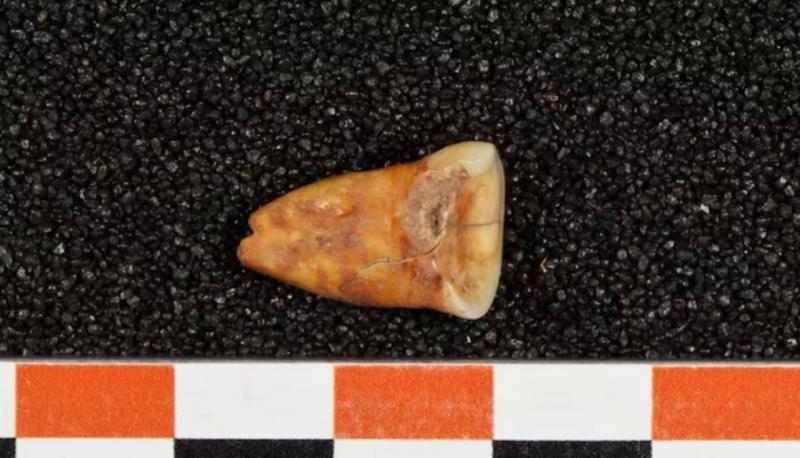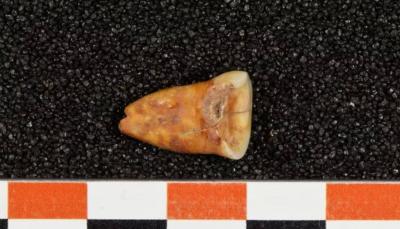The emergence of agriculture around 11,500 years ago in the Middle East marked a significant milestone for humanity, representing a revolution in diet and lifestyle that surpassed the way hunter-gatherers lived since the appearance of Homo sapiens more than 300,000 years ago in Africa. While the scarcity of well-preserved human remains from the period prior to this transformative point has made the diets of pre-agricultural societies somewhat obscure, new research sheds light on this to address that question. Scientists have reconstructed the dietary practices of one of these cultures from North Africa, and surprisingly, they documented a diet heavily reliant on plants.
The researchers examined the chemical signatures present in the bones and teeth collected from the remains of seven individuals, as well as separate teeth dating back about 15,000 years, found in a cave outside the village of Taforalt in northeastern Morocco. These individuals were part of what is called the Iberomaurusian culture. The analysis of the forms or isotopes of elements, including carbon, nitrogen, zinc, sulfur, and strontium found in these remains indicated the type and quantity of plants and meats consumed by these individuals. Various edible wild plant remains were discovered at this site, including sweet acorns, pine nuts, pistachios, oats, and legumes. The primary animal they hunted, according to the bones discovered in the cave, was a species called the Barbary sheep.
Zineb Mebtahi, a PhD student in archaeology at the Max Planck Institute for Evolutionary Anthropology in Germany and the lead author of the study published yesterday in the journal "Nature Ecology & Evolution," stated, "The prevailing belief is that the diet of hunters was primarily composed of animal proteins. However, the evidence found within the village of Taforalt shows that plants formed a large part of the hunter's diet."
Clairevia Jawin, an archaeochemical researcher at the French research agency and co-author of the study, added that this is "important because it suggests that it is likely a number of peoples around the world had already begun to incorporate a significant amount of plants into their diets" in the period leading up to the development of agriculture.
The Iberomaurusian people were hunter-gatherers who inhabited parts of Morocco and Libya approximately 11,000 to 25,000 years ago. Evidence suggests that the cave served as a living and burial site. The researchers noted that these people used the cave for extended periods each year, indicating a more stable lifestyle than merely wandering the wilderness in search of food resources. They also exploited wild plants that ripen in different seasons of the year, while cavities in their teeth indicated their reliance on starchy plant species.
The researchers explained that the hunter-gatherers may have stored edible plants throughout the year to compensate for seasonal shortages in game and to ensure a regular food supply. They found that these people exclusively consumed wild plants. The Iberomaurusian culture never developed agriculture, which North Africa experienced relatively later.




